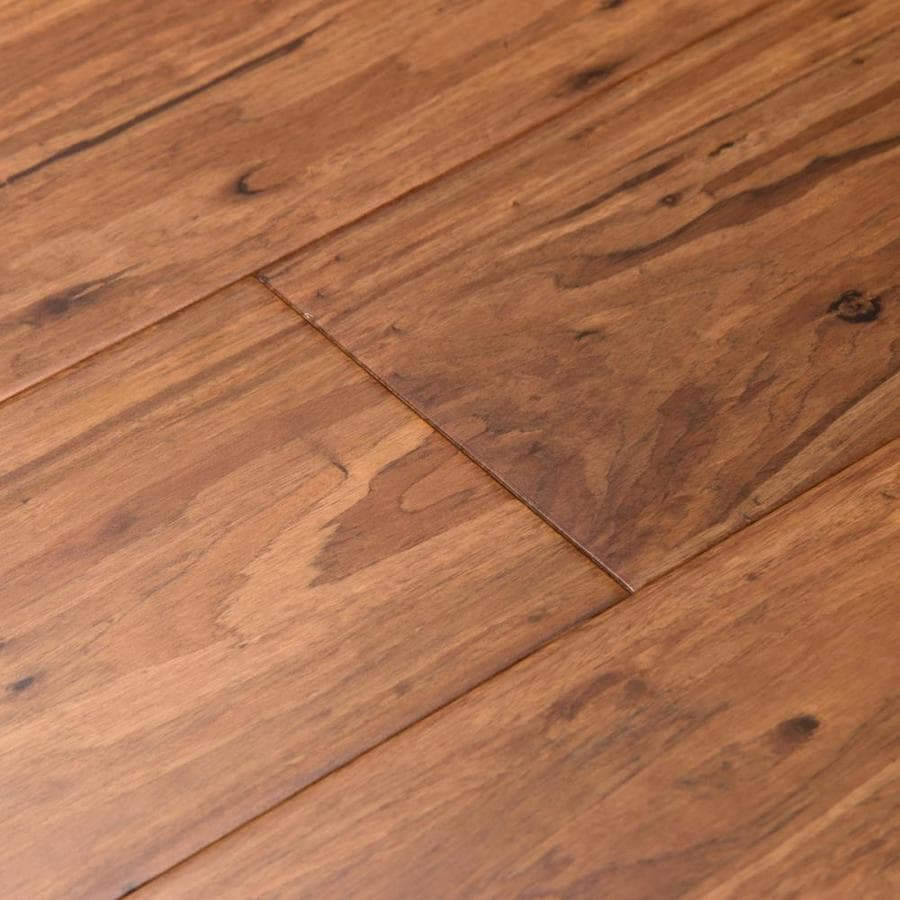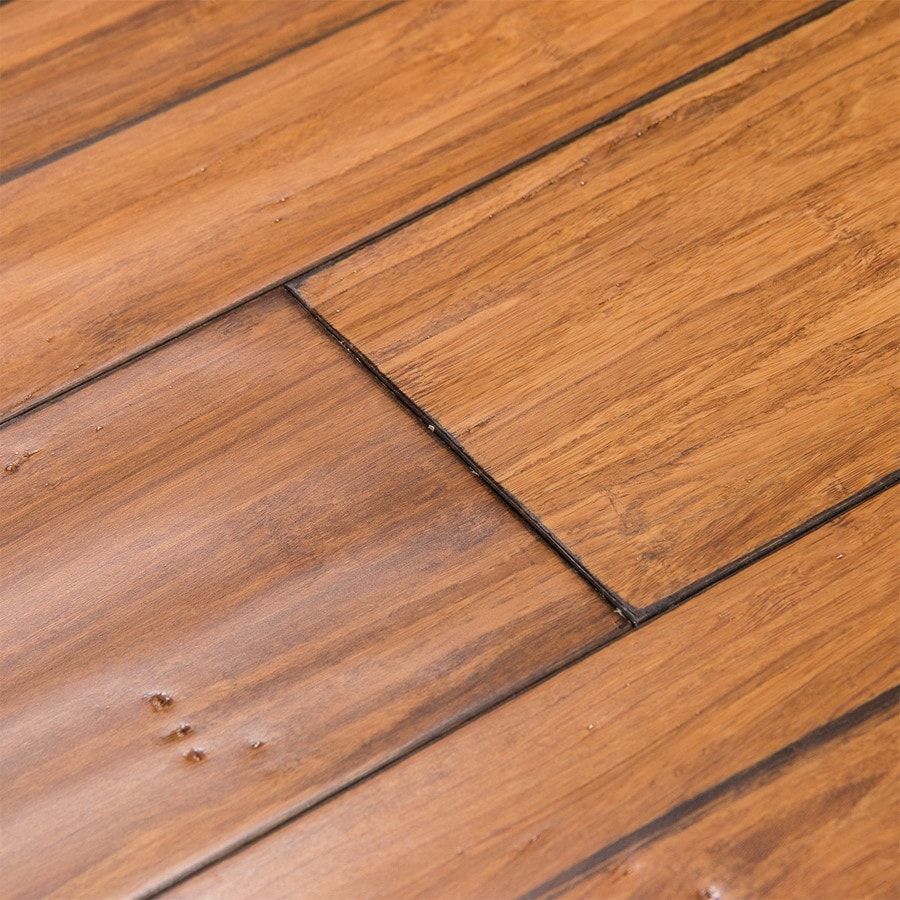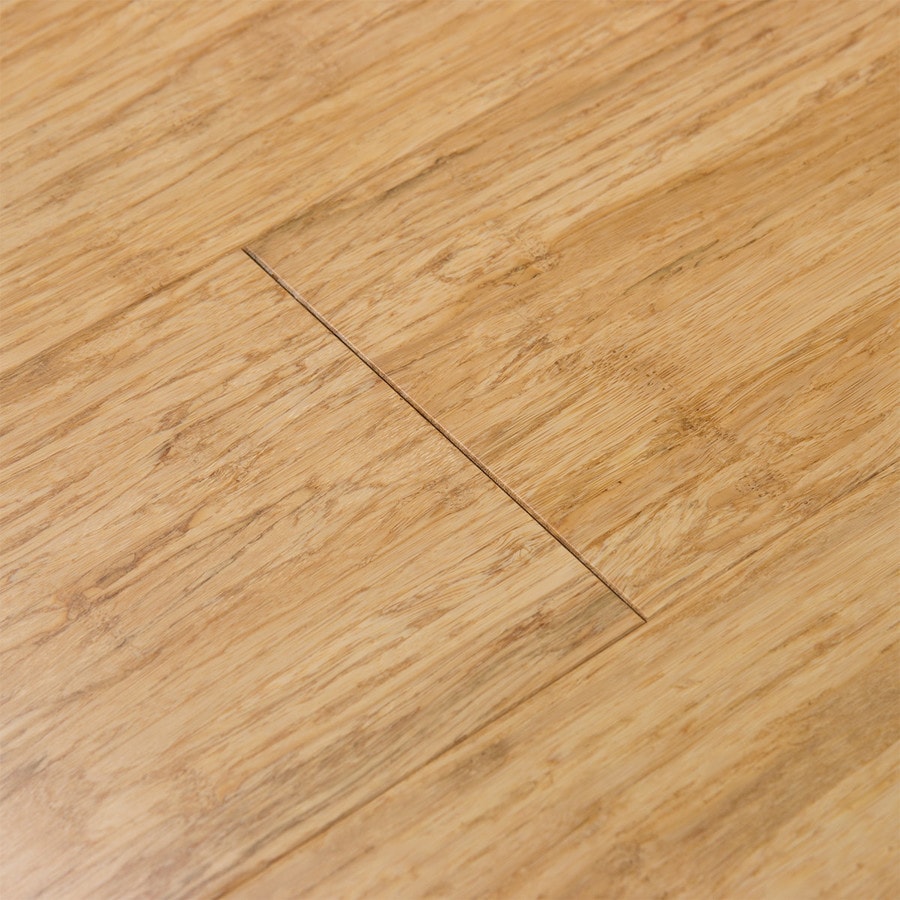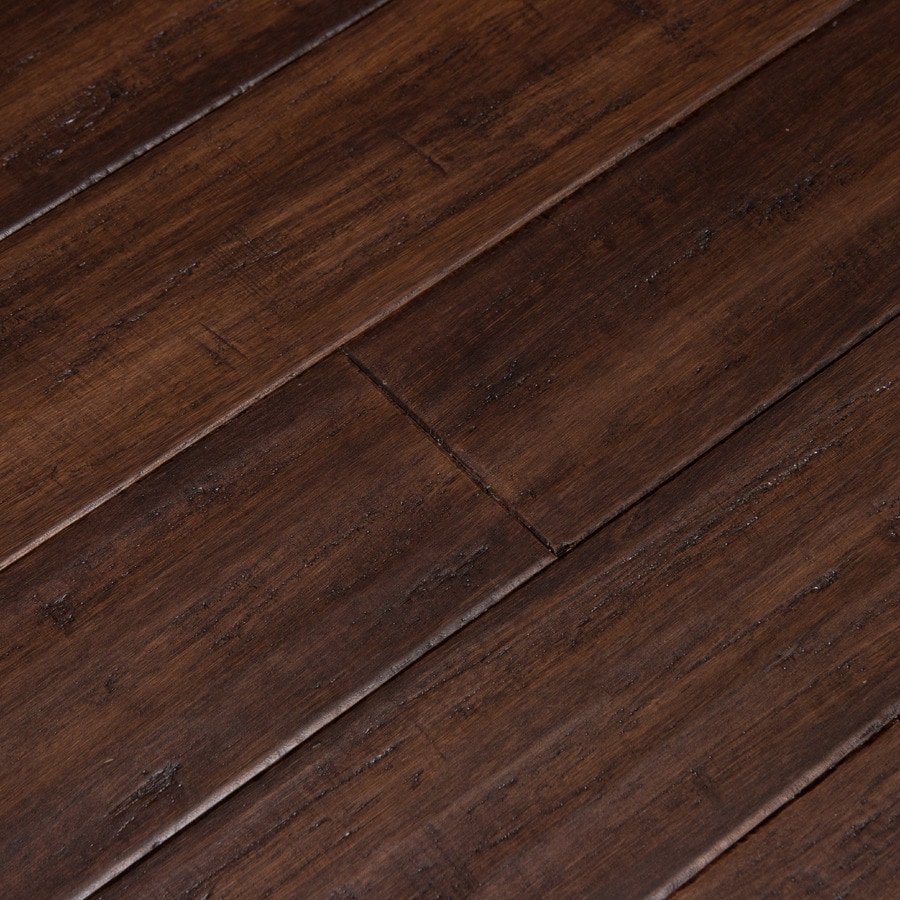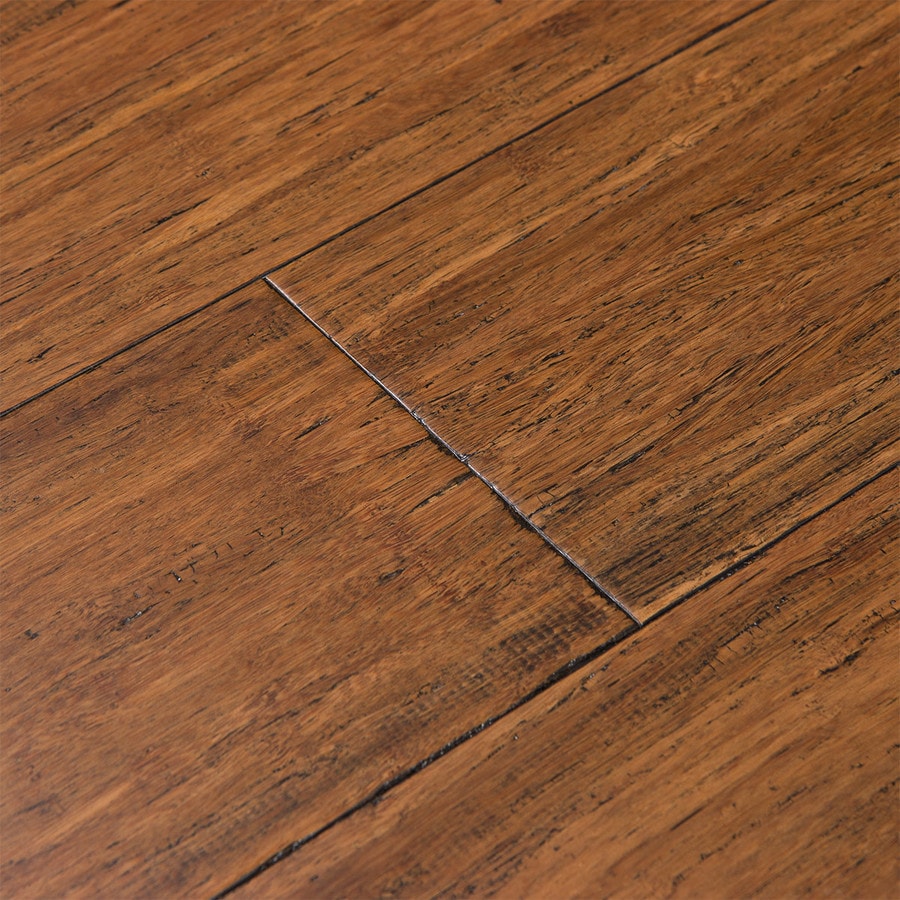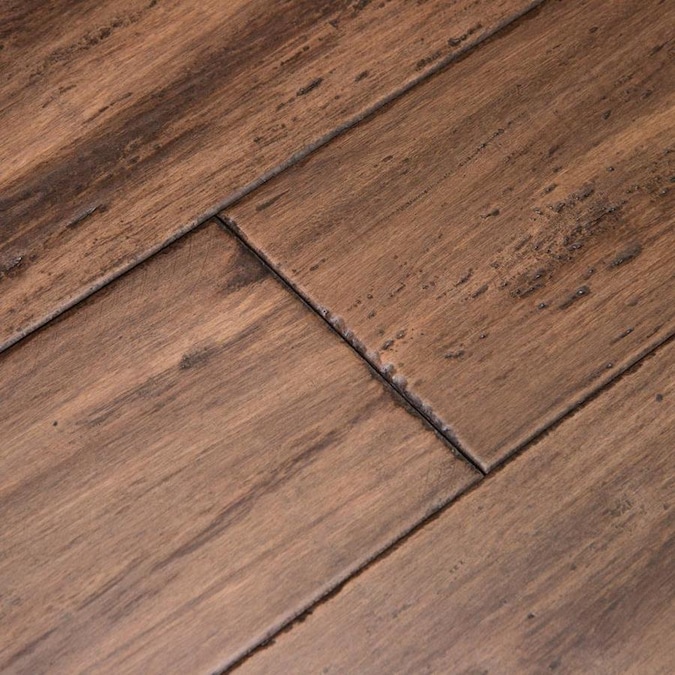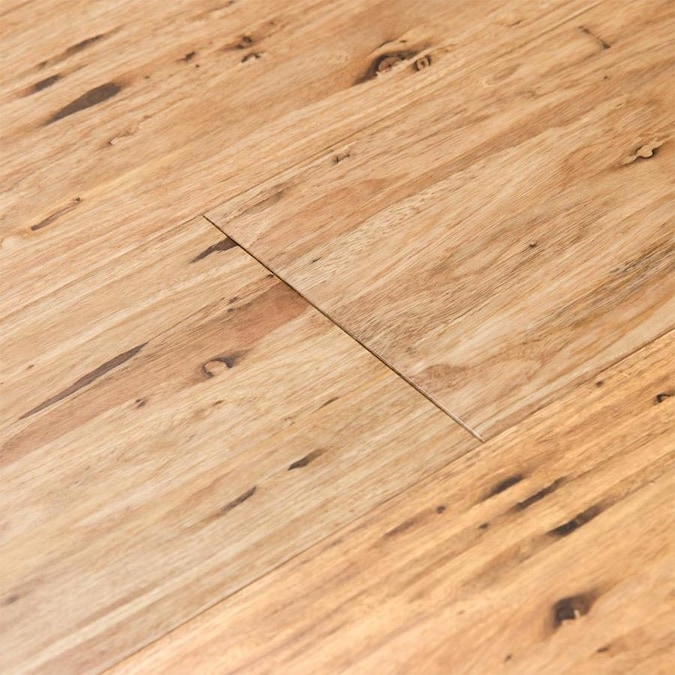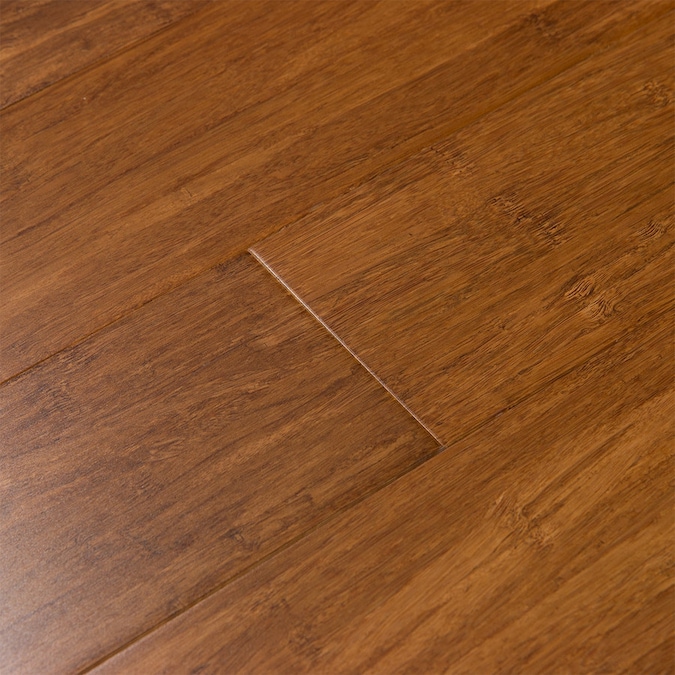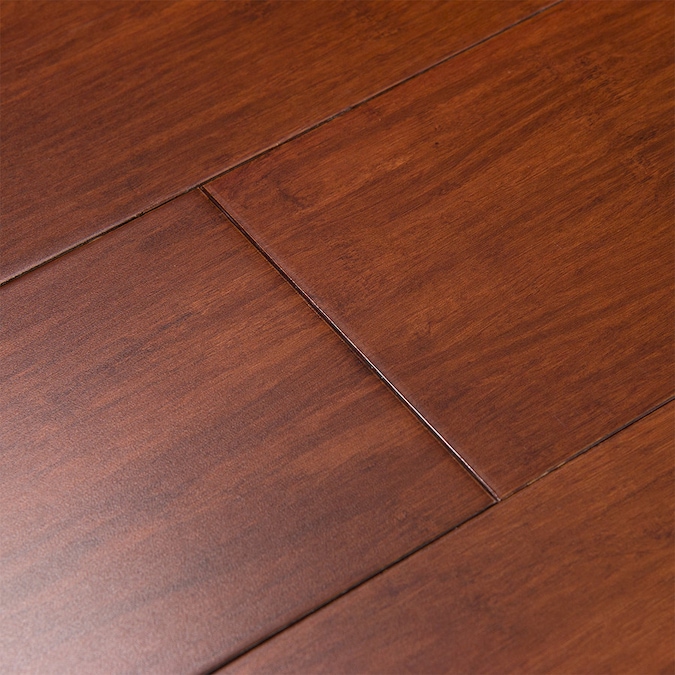Fossilized bamboo flooring is a unique and highly durable option that has gained popularity among homeowners and interior designers. This flooring type is made from Moso bamboo, which is known for its hardness and eco-friendliness. The “fossilized” process involves compressing bamboo fibers under extreme heat and pressure, resulting in a flooring material that is much harder than traditional hardwoods. This process not only enhances the bamboo’s strength but also gives it a distinctive look that adds character to any space.
The Production Process of Fossilized Bamboo Flooring
- Harvesting Bamboo: The process begins with harvesting mature Moso bamboo, which typically reaches full maturity in five to six years. This rapid growth rate makes bamboo a highly sustainable resource. Once harvested, the bamboo stalks are cut into strips, and the outer green layer is removed.
- Boiling and Carbonization: The bamboo strips are then boiled to remove sugars and starches, which can attract insects. This boiling process also helps to reduce the bamboo’s moisture content. Carbonization, a process that involves steaming the bamboo under controlled pressure and heat, can be used to darken the bamboo and achieve different color tones.
- Strand Weaving: The boiled bamboo strips are then shredded into fibers. These fibers are woven together to form a dense, interlocking matrix. This weaving process significantly enhances the strength and durability of the bamboo, making it harder than many traditional hardwoods.
- Compression: The woven bamboo fibers are compressed under extreme heat and pressure to form solid planks. This compression process, known as fossilization, makes the bamboo incredibly dense and durable. The result is a flooring material that is highly resistant to dents, scratches, and other forms of wear and tear.
- Finishing: Once the planks are formed, they undergo a finishing process that involves sanding, staining, and sealing. Various finishes can be applied to achieve different looks, from glossy to matte. The finished planks are then cut to size and are ready for installation.
- Quality Control: Throughout the production process, rigorous quality control measures are in place to ensure that the final product meets high standards of durability and appearance. This includes checking for uniformity in color, grain, and finish, as well as testing the planks for hardness and stability.
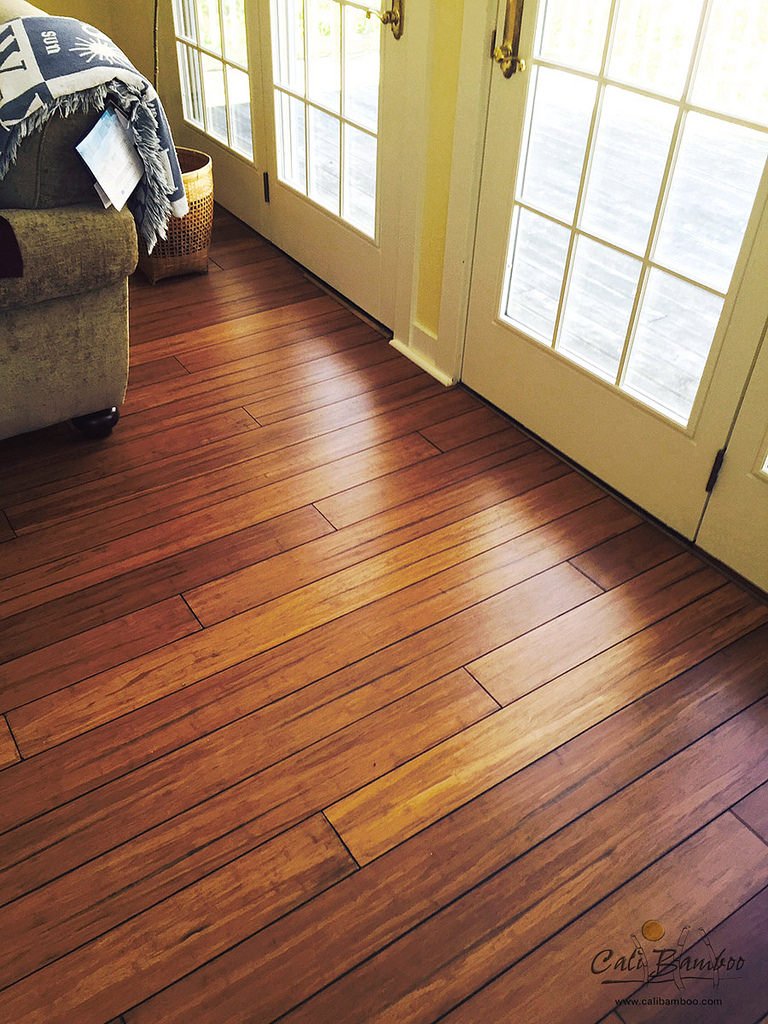
Benefits of Fossilized Bamboo Flooring
Exceptional Durability: One of the primary benefits of fossilized bamboo flooring is its exceptional durability. The fossilization process creates a material that is harder than many traditional hardwoods, making it highly resistant to scratches, dents, and other damage. This makes it an ideal choice for high-traffic areas and homes with pets or children.
Eco-Friendly: Bamboo is a highly sustainable resource due to its rapid growth rate and the ability to regenerate without replanting. Using fossilized bamboo flooring helps reduce the demand for hardwood, which can take decades to mature. Additionally, many manufacturers adhere to eco-friendly practices, such as using low-VOC adhesives and finishes.
Aesthetic Appeal: Fossilized bamboo flooring offers a unique and attractive aesthetic that can enhance the look of any space. The fossilization process gives the bamboo a distinct grain pattern and rich color that can vary from light to dark shades. This versatility makes it easy to match with different interior design styles, from contemporary to traditional.
Easy Maintenance: Maintaining fossilized bamboo flooring is relatively easy compared to other types of flooring. Regular sweeping or vacuuming and occasional mopping with a damp cloth are usually sufficient to keep the floors looking their best. The flooring’s resistance to moisture and stains also makes it easier to maintain its appearance over time.
Hypoallergenic: For individuals with allergies, fossilized bamboo flooring is an excellent choice. It does not harbor dust, pollen, or other allergens like carpet does. Additionally, the smooth surface of bamboo flooring makes it easier to clean and reduces the accumulation of allergens.
Long-Term Value: Investing in fossilized bamboo flooring can add significant value to a home. Its durability and aesthetic appeal make it a desirable feature for potential buyers. Additionally, the long lifespan of bamboo flooring means that homeowners can enjoy its benefits for many years, making it a cost-effective option in the long run.
Installation Methods for Fossilized Bamboo Flooring
Floating Installation: One of the most common methods for installing fossilized bamboo flooring is the floating installation. This involves laying the bamboo planks over an underlayment without attaching them to the subfloor. The planks are connected using a click-lock system, which makes the installation process relatively quick and straightforward. This method is ideal for DIY enthusiasts and can be used over a variety of subfloors, including concrete and plywood.
Glue-Down Installation: Another popular method is the glue-down installation, where the bamboo planks are adhered directly to the subfloor using a strong adhesive. This method provides a more permanent and stable flooring solution, making it suitable for high-traffic areas. It is important to use the right adhesive and ensure that the subfloor is clean, dry, and level before installation.
Nail-Down Installation: The nail-down method involves securing the bamboo planks to the subfloor with nails or staples. This method is typically used for solid bamboo flooring rather than engineered bamboo. It requires a wooden subfloor and professional expertise to ensure that the nails are properly driven into the planks without causing damage.
Staple-Down Installation: Similar to the nail-down method, the staple-down installation uses staples instead of nails to attach the bamboo planks to the subfloor. This method provides a strong and stable flooring solution and is commonly used for solid bamboo flooring. It also requires a wooden subfloor and professional installation.
Hybrid Installation: Some homeowners opt for a hybrid installation method, which combines elements of the floating and glue-down methods. This involves gluing the planks in certain areas, such as along the edges or in high-traffic zones, while allowing the rest of the floor to float. This method can provide additional stability while still allowing for some flexibility.
Considerations for Installation: Regardless of the installation method chosen, it is important to acclimate the bamboo planks to the room’s temperature and humidity before installation. This helps prevent issues related to expansion and contraction. Additionally, following the manufacturer’s guidelines and using the appropriate tools and materials can ensure a successful and long-lasting installation.
Maintenance and Care for Fossilized Bamboo Flooring
Regular Cleaning: Regular cleaning is essential to maintain the appearance and longevity of fossilized bamboo flooring. Sweeping or vacuuming the floors daily helps remove dirt and debris that can cause scratches. Using a soft-bristle broom or a vacuum with a hardwood floor attachment is recommended to avoid damaging the surface.
Mopping and Spot Cleaning: Mopping the floors with a damp cloth or mopping once a week helps remove any accumulated grime. It is important to use a damp mop rather than a wet one, as excessive water can damage the bamboo. For spot cleaning, a mixture of water and a mild, pH-neutral cleaner can be used. Avoid harsh chemicals or abrasive cleaners that can strip the finish.
Preventing Scratches: To prevent scratches and dents, place felt pads under furniture legs and avoid dragging heavy objects across the floor. Using rugs or mats in high-traffic areas, such as entryways and hallways, can also help protect the bamboo flooring. Trimming pet nails and wearing soft-soled shoes indoors can further reduce the risk of scratches.
Controlling Humidity: Bamboo is sensitive to changes in humidity, so it is important to maintain a consistent indoor environment. Using a humidifier in dry conditions and a dehumidifier in humid conditions can help prevent the bamboo from expanding or contracting. Keeping indoor humidity levels between 40-60% is ideal for bamboo flooring.
Dealing with Spills: Promptly wiping up spills is crucial to prevent moisture damage to bamboo flooring. Although fossilized bamboo is more resistant to moisture than traditional hardwoods, prolonged exposure to water can still cause warping or staining. Using a dry or slightly damp cloth to clean up spills immediately can help protect the flooring.
Refinishing: Over time, the finish on bamboo flooring may wear down, especially in high-traffic areas. Refinishing the floors can restore their original luster and protect the bamboo from further damage. This process involves sanding down the existing finish and applying a new coat of sealant. Professional refinishing is recommended to achieve the best results.
Environmental Impact and Sustainability
Renewable Resource: Bamboo is one of the most renewable resources available for flooring. Moso bamboo, used for fossilized bamboo flooring, reaches maturity in just five to six years, compared to decades for traditional hardwoods. Additionally, bamboo regenerates from the same root system after harvesting, eliminating the need for replanting.
Reduced Carbon Footprint: The production of fossilized bamboo flooring has a lower carbon footprint compared to many hardwoods. Bamboo absorbs more carbon dioxide and releases more oxygen than trees, helping to offset greenhouse gas emissions. Furthermore, bamboo plantations help prevent soil erosion and maintain soil health.
Eco-Friendly Manufacturing: Many manufacturers of fossilized bamboo flooring follow eco-friendly practices throughout the production process. This includes using low-VOC adhesives and finishes, recycling waste materials, and sourcing bamboo from sustainably managed forests. Some manufacturers also achieve certifications such as FSC (Forest Stewardship Council) to demonstrate their commitment to sustainability.
Durability and Longevity: The durability and longevity of fossilized bamboo flooring contribute to its environmental benefits. Its long lifespan reduces the need for frequent replacements, which can save resources and reduce waste. Proper maintenance can extend the life of bamboo flooring, making it a sustainable choice for long-term use.
Biodegradability: At the end of its life cycle, bamboo flooring is biodegradable and can break down naturally without harming the environment. Unlike synthetic flooring materials that may release harmful chemicals during decomposition, bamboo returns to the earth without leaving a significant ecological footprint.
Supporting Green Building: Choosing fossilized bamboo flooring can contribute to green building certifications, such as LEED (Leadership in Energy and Environmental Design). These certifications recognize sustainable building practices and materials that reduce environmental impact. Using bamboo flooring can help earn points towards achieving these certifications, promoting eco-friendly construction and renovation projects.
Cost Considerations of Fossilized Bamboo Flooring
Initial Costs: The initial cost of fossilized bamboo flooring can vary depending on factors such as brand, quality, and finish. Generally, it is competitively priced compared to traditional hardwoods. While it may be more expensive than some budget flooring options, the investment in bamboo flooring is often justified by its durability and long-term benefits.
Installation Costs: The cost of installation can also vary based on the chosen method and whether professional installers are hired. Floating installations are typically less expensive and can be done by DIY enthusiasts. Glue-down or nail-down installations may require professional expertise, adding to the overall cost. Obtaining multiple quotes from reputable installers can help manage installation expenses.
Long-Term Savings: Despite the higher initial costs, fossilized bamboo flooring can offer long-term savings. Its durability means fewer repairs and replacements over time, reducing maintenance costs. Additionally, its resistance to wear and tear makes it a cost-effective option for high-traffic areas, where other flooring materials might require more frequent upkeep.
Value Addition: Installing fossilized bamboo flooring can add value to a property. Potential buyers often appreciate the aesthetic appeal and sustainability of bamboo flooring, making it an attractive selling point. This added value can help offset the initial investment and contribute to a higher resale value for the property.
Warranty and Longevity: Many manufacturers offer warranties on fossilized bamboo flooring, providing peace of mind to homeowners. These warranties can cover various aspects, such as wear, finish, and structural integrity. Understanding the terms and conditions of the warranty can help homeowners maximize the value of their investment and ensure proper maintenance.
Financing Options: For homeowners concerned about the upfront costs, financing options may be available. Some flooring retailers offer financing plans that allow customers to spread the cost over a period of time. Exploring these options can make fossilized bamboo flooring more accessible and manageable within a budget.
Common Mistakes to Avoid
Skipping Acclimation: One of the most common mistakes is skipping the acclimation process. Bamboo flooring needs time to adjust to the temperature and humidity of the installation area. Failure to acclimate the planks can result in expansion or contraction after installation, leading to gaps, buckling, or warping.
Improper Subfloor Preparation: Neglecting to properly prepare the subfloor can lead to numerous issues. The subfloor must be clean, dry, and level to ensure a stable and smooth installation. Ignoring subfloor preparation can result in uneven flooring, adhesive failure, or squeaking noises.
Using Incorrect Cleaning Products: Using harsh chemicals or abrasive cleaners on bamboo flooring can damage the finish and the bamboo itself. It is essential to use cleaning products specifically designed for bamboo or hardwood flooring. Avoiding excessive water during cleaning is also crucial to prevent moisture damage.
Failing to Maintain Humidity Levels: Bamboo flooring is sensitive to changes in humidity. Failing to maintain consistent indoor humidity levels can cause the bamboo to expand or contract, leading to gaps or warping. Using humidifiers or dehumidifiers as needed can help keep humidity levels stable and protect the flooring.
Neglecting Protective Measures: Not taking preventive measures to protect bamboo flooring can result in scratches and dents. Placing felt pads under furniture legs, using area rugs in high-traffic areas, and keeping pet nails trimmed are simple steps that can significantly extend the life of the flooring.
Ignoring Manufacturer Guidelines: Failing to follow the manufacturer’s guidelines for installation, maintenance, and cleaning can void warranties and reduce the lifespan of the flooring. It is important to read and adhere to all provided instructions to ensure optimal performance and durability.
What makes fossilized bamboo flooring different from regular bamboo flooring?
Fossilized bamboo flooring undergoes a process of compressing bamboo fibers under extreme heat and pressure, resulting in a much harder and denser material compared to regular bamboo flooring. This makes fossilized bamboo flooring significantly more durable and resistant to scratches, dents, and other forms of wear and tear.
Is fossilized bamboo flooring eco-friendly?
Yes, fossilized bamboo flooring is considered eco-friendly. Bamboo is a rapidly renewable resource, with Moso bamboo reaching maturity in just five to six years. Additionally, bamboo can regenerate from the same root system after harvesting, eliminating the need for replanting. Many manufacturers also follow sustainable practices and use low-VOC adhesives and finishes.
Can I install fossilized bamboo flooring myself?
While it is possible to install fossilized bamboo flooring yourself, the complexity of the installation method chosen can vary. Floating installations with a click-lock system are generally easier and more suitable for DIY projects. Glue-down or nail-down installations are more complex and may require professional expertise to ensure a proper and long-lasting installation.
How do I maintain fossilized bamboo flooring?
Maintaining fossilized bamboo flooring involves regular cleaning, such as sweeping or vacuuming to remove dirt and debris, and mopping with a damp cloth or mop. It is important to avoid using harsh chemicals or excessive water. Preventive measures, such as placing felt pads under furniture and using rugs in high-traffic areas, can help protect the flooring from scratches and dents.
Is fossilized bamboo flooring suitable for high-traffic areas?
Yes, fossilized bamboo flooring is highly suitable for high-traffic areas due to its exceptional durability and hardness. The fossilization process makes the bamboo much more resistant to scratches, dents, and wear and tear, making it an ideal choice for areas that experience heavy foot traffic, such as living rooms, kitchens, and hallways.
What are the cost considerations for fossilized bamboo flooring?
The cost of fossilized bamboo flooring can vary depending on factors such as brand, quality, and finish. While it may have a higher initial cost compared to some budget flooring options, its long-term durability and low maintenance requirements can offer significant savings over time. Installation costs can also vary based on the method chosen and whether professional installers are hired. Financing options may be available to help manage upfront costs.
Related Posts:
